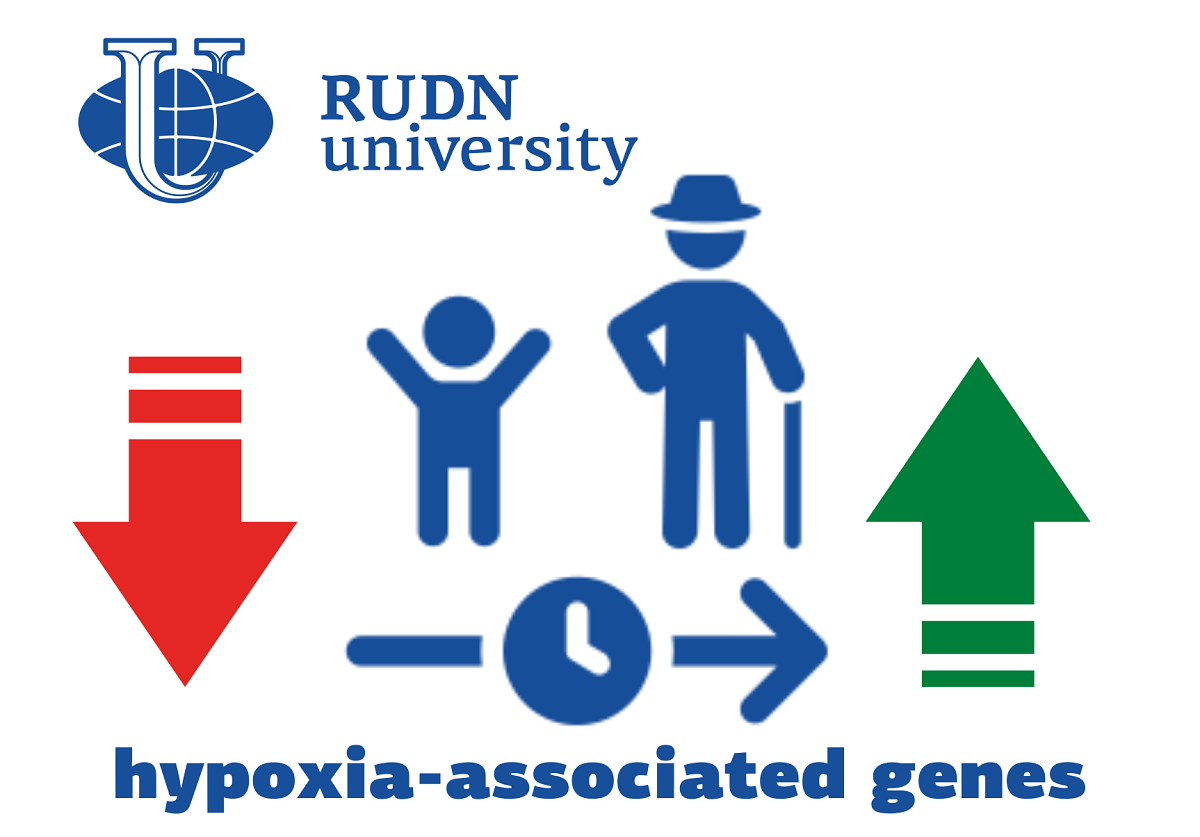Biologists of RUDN University found out what is the difference between the body's reaction to hypoxia at different ages
Reduced oxygen content (hypoxia) is one of the main factors that can change the functional state of the whole organism. To some extent, the body is able to withstand hypoxia, but if its strength exceeds the adaptive capabilities of the body, then irreversible changes begin in the tissues. The main “conductor” that determinesthe level of adaptationof cells to hypoxiais HIFproteins. Until now, there have been no studies that have determined how HIFactivity changes withage. RUDN biologists conducted studies on rats and determined what happens to the level of this and other proteins in hypoxia in different age groups.
“Age plays an important role in the body’s resistance to hypoxia. Back in 1870, he found outthatnewborn animals are more resistant to low oxygen levels compared to adults. Nevertheless, little is known about the expression of HIF in organisms of different ages, ”- Doctor of Biological Sciences Anna Kosyreva, Associate Professor of the Department of Histology, Cytology and Embryology of RUDN University.
Biologists conducted an experiment on rats (36 males) from different age categories: 12 newborns(two days from birth), 12 rats of prepubertal age (10 days) and 12 adults (three months). 18 rats of all ages were placed in an oxygen-deficient chamber in conditions correspondingto an altitude of 11.5 thousand meters, and measuredafter what time the first signs of asphyxia — suffocation- wouldappear. Biologists measured the level of HIF and other proteins in rats that passed the hyperbaric chamber, and in those that remained in normalconditions.
The most sensitive to hypoxia were prepubertal rats. They began to lack air after 30 to40 seconds. Adult and newborn rats took 60 to120 seconds. The number of genes that are responsible for HIF was significantly higher in prepubertal rats and newborns than in adults. And the level of HIF was minimal in rats from two “younger” groups and maximum in adults. RUDN biologists explained this by the action of another protein — PHD2,which causes the breakdown of HIF
“In prepubertal animals, the expression rate of the HIF-1α gene was significantly higher than in adult animals. At the same time, PHD2 activity in prepubertal animals was significantly reduced compared to newborn rats, but the level of the HIF-1α protein did not change. In further studies, it is necessary to identify additional mechanisms that determine theregulation of the level of the HIF-1α protein in prepubertal animals. This study will give a new idea of age differences in resistance to hypoxia,” Polina Vishnyakova, Candidate of Biological Sciences, Employee of the Scientific and Educational Laboratory of Medical Biotechnologies of RUDN University.
The study is published in the journal Heliyon.
Products derived from microalgae represent a cutting-edge development in the field of bioeconomy. The potential of this biological resource was discussed at the international research seminar “Foundations for a Green Sustainable Energy”, part of the BRICS Network University’s thematic group on “Energy”. The event was organized by the Institute of Ecology at RUDN University.
Ambassadors of Russian education and science met at a conference in RUDN University to discuss how they can increase the visibility of Russian universities and research organizations in the world, and attract more international students in Russia.
The international scientific seminar hosted by RUDN Institute of Ecology “Experience of participation in student organizations as a way to form career skills” united scholarship recipients of the International Student Mobility Awards 2024 and Open Doors, along with members of the scientific student society “GreenLab” and the professional student association “Kostyor (Bonfire)” shared their projects focused on environmental protection.
